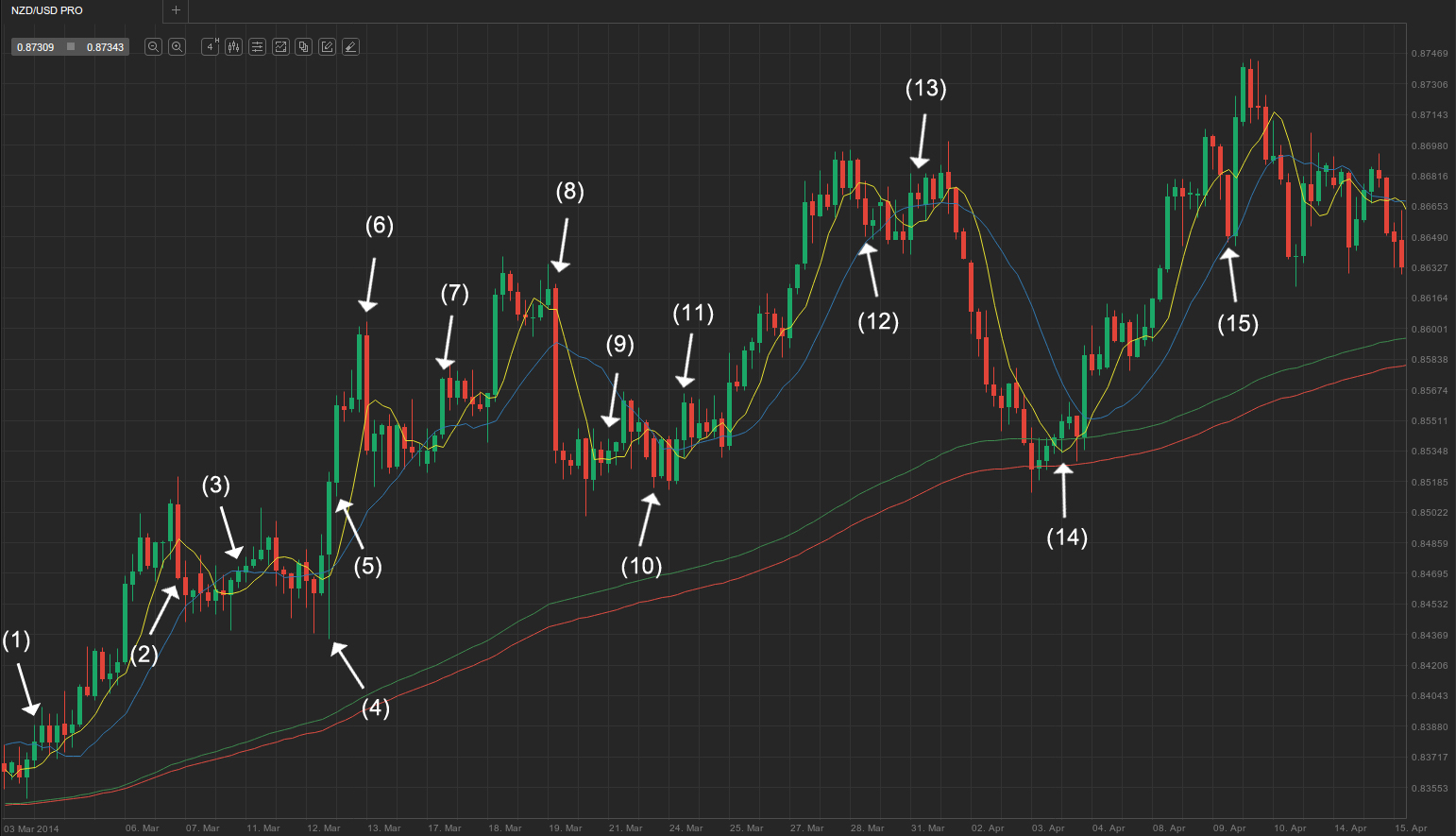

#Ema vs sma professional
That is one of the reasons why at MDC Trading Academy we created a program to develop professional traders by teaching them all the necessary skills to have a successful career. This will not guarantee your success in trading, you should complement your strategy with other indicators and tools. Remember that these are some of the tools that exist in trading to help you analyze the financial markets.
#Ema vs sma how to
How to Choose the Best Indicator for Your Trading Strategy?Ĭonsider the time frame of your trades, that will be the most important aspect when you want to know which indicator you should use. On the other hand, the SMA moves slower and helps you avoid the risk of quick changes in trends you can be more certain about some buying and selling opportunities the disadvantage comes when you can lose some opportunities to join trends at the right time. The Benefits of Using Each Type of IndicatorĮMA will help you find trends quicker for selling or buying opportunities, but that quick response also can be counterproductive, because there are possibilities that the trend changes once you place a market order. The formula for calculating the simple moving average of a financial asset is:Įven if it’s important to know how these indicators are calculated, you should know that all trading platforms will do it automatically for you and place them in your graphics for your technical analysis.

But if you want to see how is calculated, here is the formula:ĮMAt=+EMAy ×

It is complex to calculate the EMA indicator, although most trading platforms will help you do it. The behavior is very similar and there are subtle differences, but you will notice that EMA is closer to the price, this is because it reacts quicker to the trend movements. The speed of response is also the reason that SMA is considered for long-term trades and EMA for short-term trades.Īs you can see in the next graphic, we have the EMA (red line) and the SMA (blue line), and both indicators are following the trend price of the Tesla’s Stock. It is all because EMA is more weighted to the recent price, and SMA is a simple average of past prices. The main difference between SMA and EMA comes in the speed of response EMA is considered faster than SMA. What is the Difference Between SMA and EMA? This is not necessarily a bad thing because it can help you be more certain about a price trend. To use an SMA indicator, you should consider if you are looking for long-term trades because the response of this indicator is slow and has some lag in it. The rising moving average indicates an uptrend, and the declining moving average indicates a downtrend. You can use it to follow trends’ prices in long-term trades because it gives you an idea of the overall trend. SMA means Simple Moving Average, and is an indicator that calculates the average price of a stock in a certain period that is constantly updating. Remember that this indicator isn’t giving you a prediction, it shows you the trend that followed. The objective of this indicator is to help you establish the direction in which the price of a financial asset is moving based on past prices. To read the EMA indicator you need to place it in your graphic and observe how it follows the price’s trend. For this reason, it is an excellent tool for a short-trading strategy and if you want to find a trend earlier. That’s why it emphasizes the more recent price activity more than the older activity. The intention of the anterior is that by doing so, EMA would be more responsive to quicker movements of trends. What is EMA?ĮMA means Exponential Moving Average, and is a moving average calculated by giving more weight to the recent prices of a stock. Following our example, on the next day, a 10-day moving average would take out the oldest price ($10), and make a new calculation with the most recent price of a stock. It is a “Moving Average” because this calculation is constantly moving by updating the average with the last price of a stock. For example, this is the Moving Average Formula of 10 days.ġ) Add up the ten security prices of the last days:


 0 kommentar(er)
0 kommentar(er)
